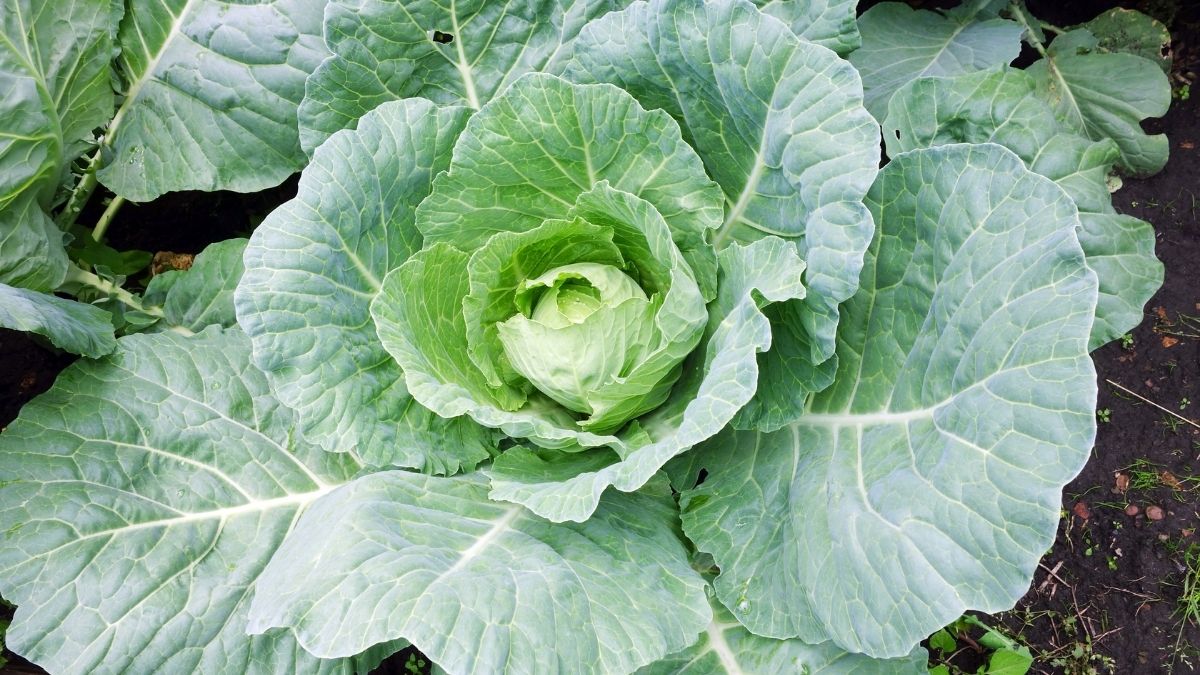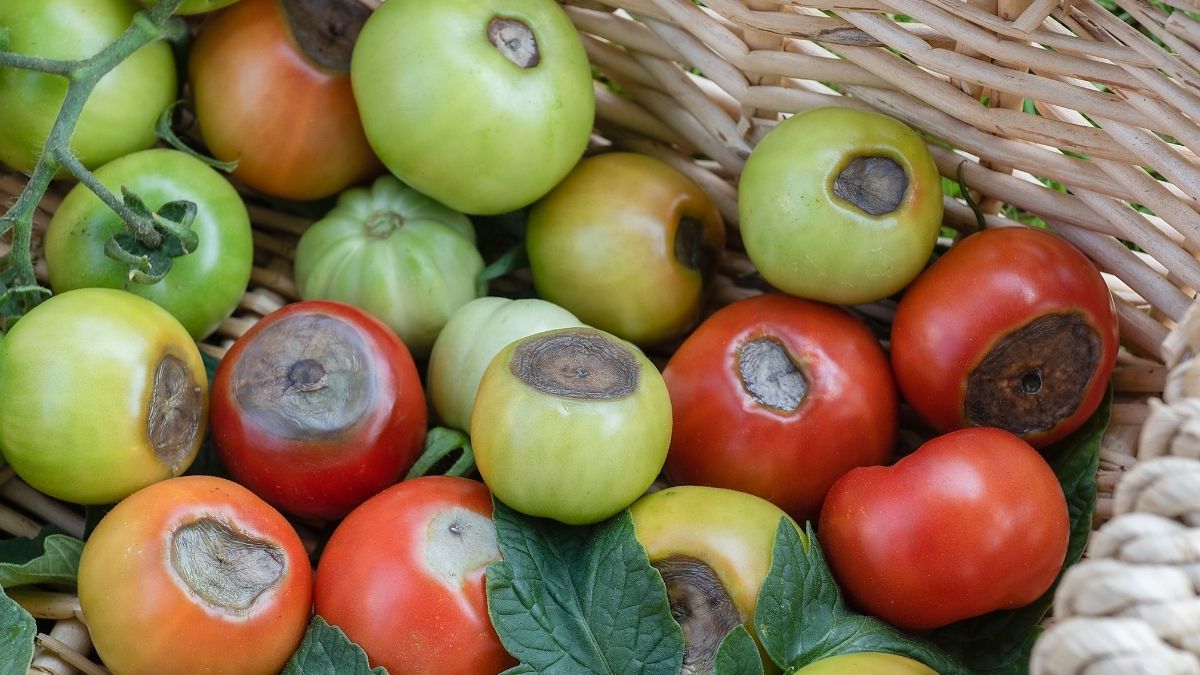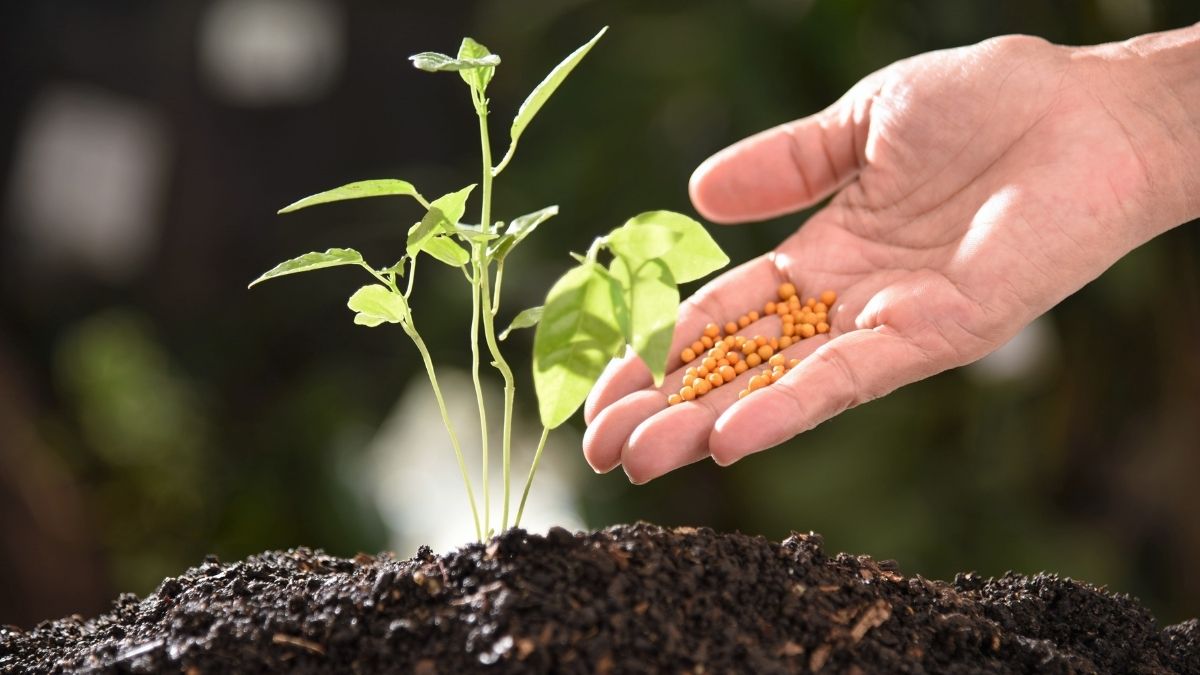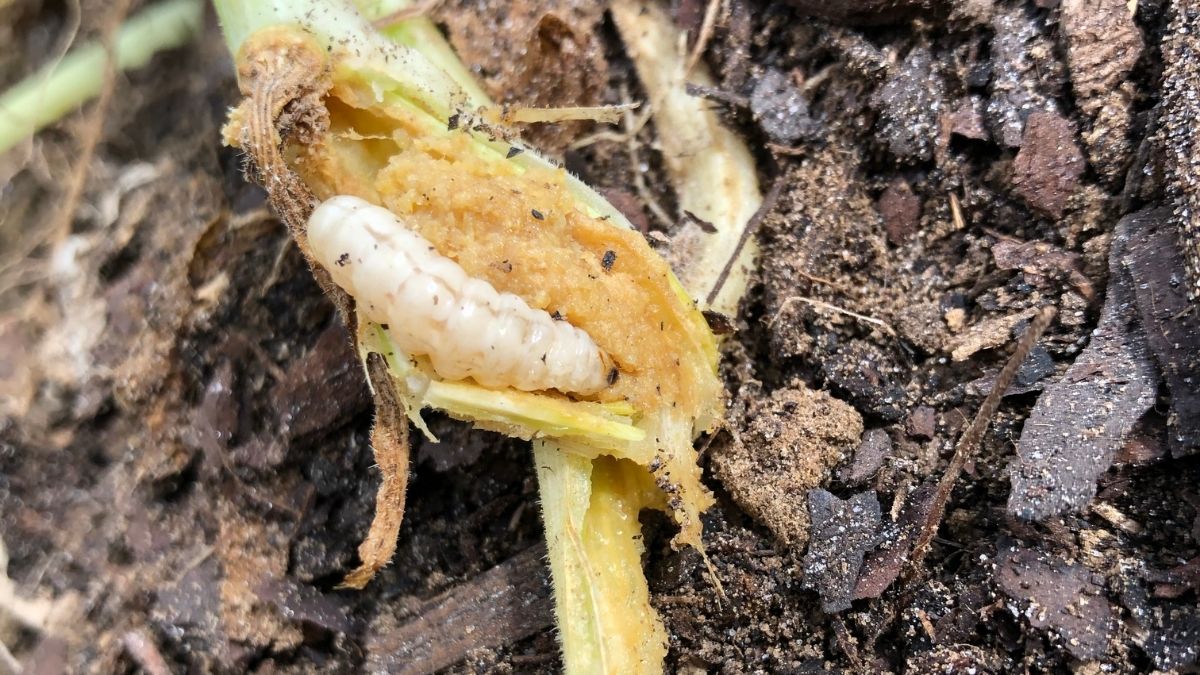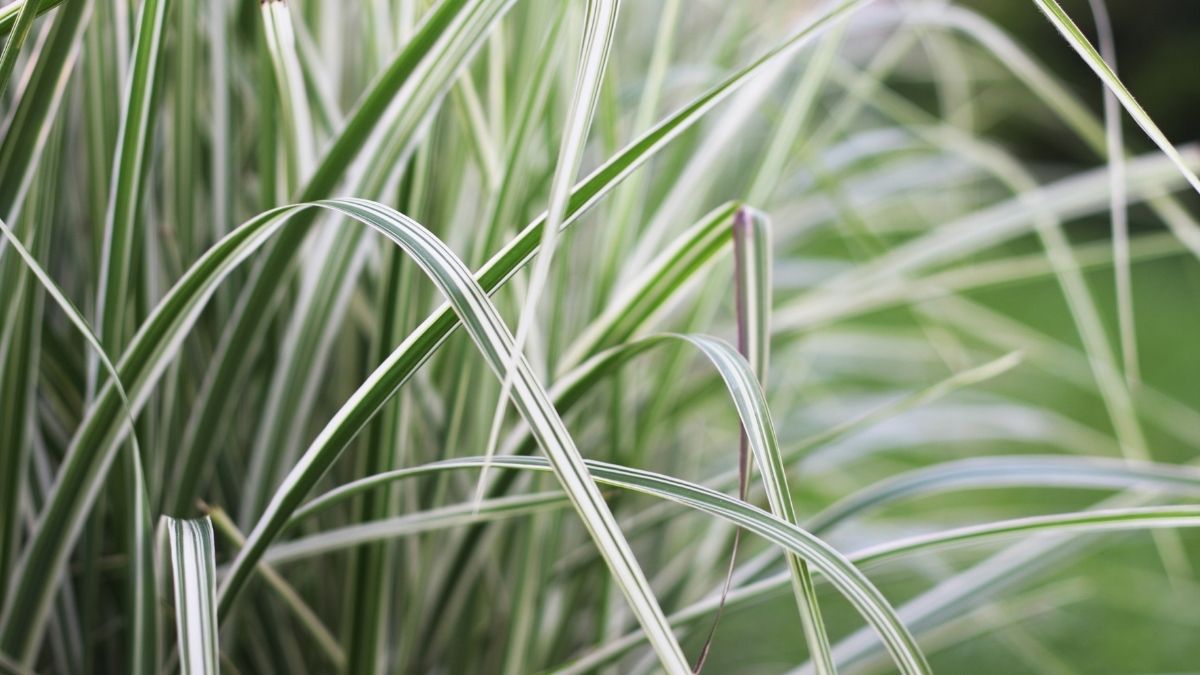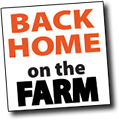Pest Watch: Squash Vine Borers
Let’s talk about one of my most hated pests: Squash Vine Borers. Hateful little suckers. Vines will look great one day and collapse the next – have they visited your garden? Adult moths lay eggs on the lower part of the leaves and tiny larvae bore holes into the vine. Eventually, they will kill the plant as they eat their way through the inside of the stem. If you had them last year, there’s a darn good chance they will be back this year as the larvae burrow into the ground and overwinter in the pupae stage to emerge as an adult in the spring.
Your best defense? Remove all garden debris. LOTS of bugs and disease overwinter in that. Second, till the soil to expose the cocoons to freezing temperatures. In late spring when you plant, spray every 7 days with insecticidal soap or neem oil (Bt also works). Make sure you get the undersides of the leaves as that’s where the adults are laying the eggs. Two plantings a couple of weeks apart also helps. Good luck!
Visit our blog for tasty recipes and gardening tidbits!
An Ornamental Grass Story
A story about ornamental grasses. Years ago, a dear friend of mine, Dr. Marc Cathey, took me on a tour of the National Arboretum in Washington DC. We stopped at the New American Garden (long time ago – probably a different name by now). This was when grasses were just beginning to come into vogue in landscapes. He asked me what I thought of them. My honest opinion was I thought they looked rather unkempt. He said we’d sit on the bench overlooking the planting until I developed a better appreciation of them. Miss that man! And I do appreciate them these days – just look around the farm. They’re great for fall and winter interest. Relatively carefree. Drought tolerant. Make great hedges. Birds love the seed heads.
Here’s how we take care of them come spring: Some people use duct tape, but string (baler twine) will do. Just tie or tape the stems together into a bundle, grab your hedge trimmers and cut about 4-6 inches above the ground. Easy clean up. Dr. Cathey would be proud.
Visit our blog for more tasty recipes and gardening tidbits!
